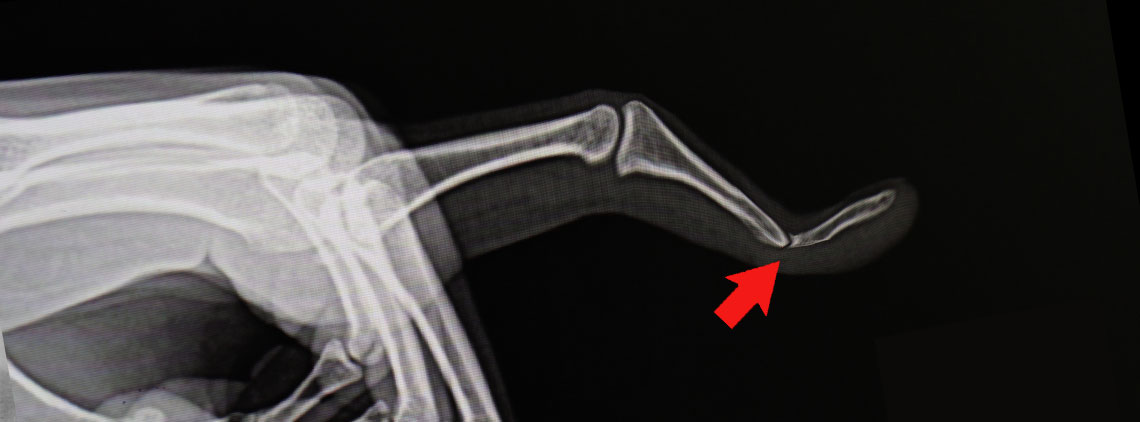
Boutonniere Deformity Surgery
Overview
If you have boutonniere deformity you are unable to straighten the middle joint while the tip of the finger bends back. This is caused due to an injury to the tendons on the top and sides of your finger or a cut on the top of your finger that severs the tendon from the bone. Sometimes, the bone can pop through the cut on your finger. If boutonniere deformity goes untreated, this can become a permanent deformity. It can also cause arthritis in your finger. Signs of boutonniere deformity can develop up to three weeks after the injury. Undoubtedly boutonniere deformity surgery can alleviate your symptoms and prevent you from experiencing a permanent deformity.
How to Prepare for Boutonniere Deformity Surgery
After you wake up from surgery your finger will be in a splint for up to six weeks. Then for several months, you will be required to do at-home physical therapy exercises. You can expect a full recovery in three to four months.
Procedure
This procedure is an outpatient procedure with a local anesthetic which means you can return home after you wake up from surgery. We will make an incision at the base of the palm. This allows us the ability to see your carpal ligament. After we cut the ligament your skin surgery is complete. Your hand will be wrapped when you wake up from surgery.
Recovery
Be careful of your hand for one to two weeks until your incision heals. Then in a follow-up appointment, we will remove the stitches. Your pain may take up to several months to subside, however many patients experience immediate relief after surgery. Avoid using your hand for up to three months. Depending on which hand you have surgery on, you may be able to return to normal activities in six to eight weeks. However, if surgery was performed on your least dominant hand you may be able to return to normal activities as early as seven to 14 days.
Efficacy
Through surgery, your doctor repairs your tendon and your bone repositioned.
Complications
Possible complications include infection, blood loss, and nerve damage as with any surgery.
Outlook
Depending on how long you’ve been living with boutonniere deformity before you sought treatment, you may experience limited function permanently.

